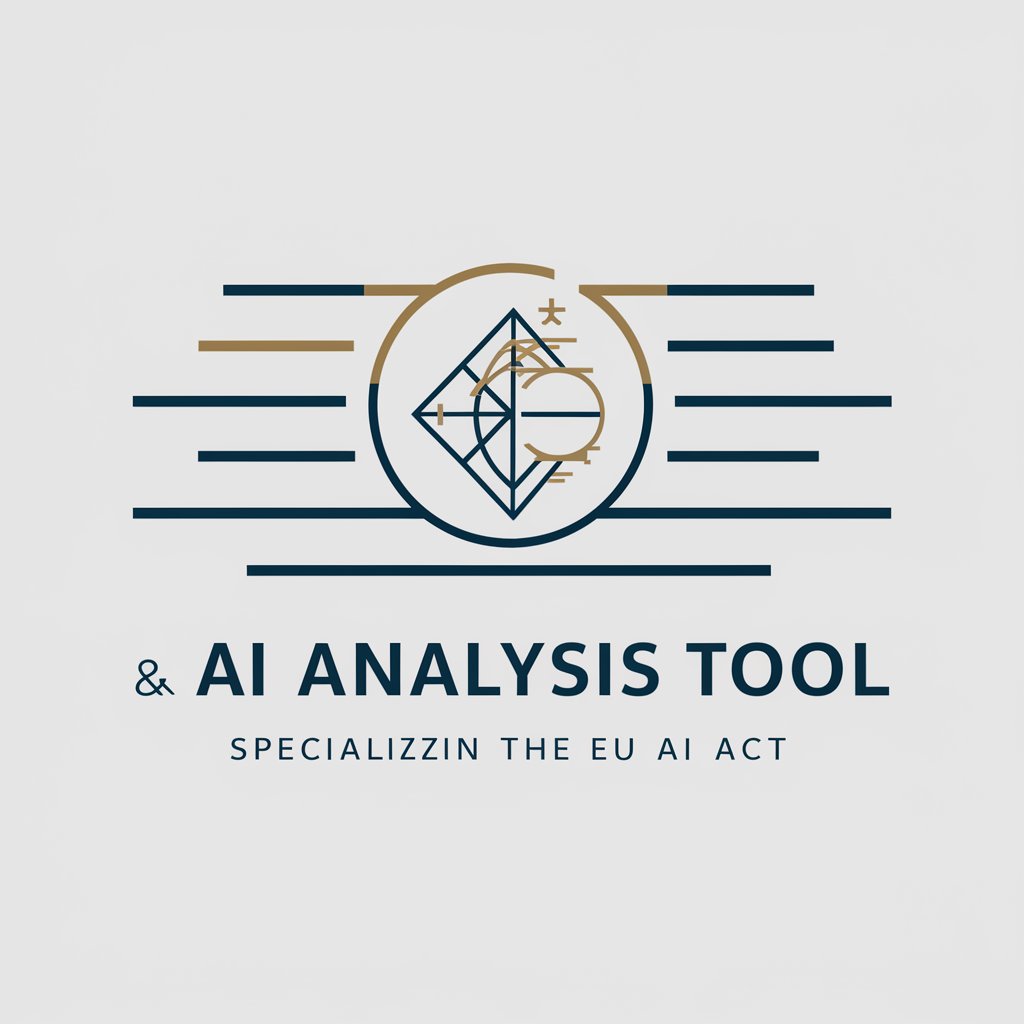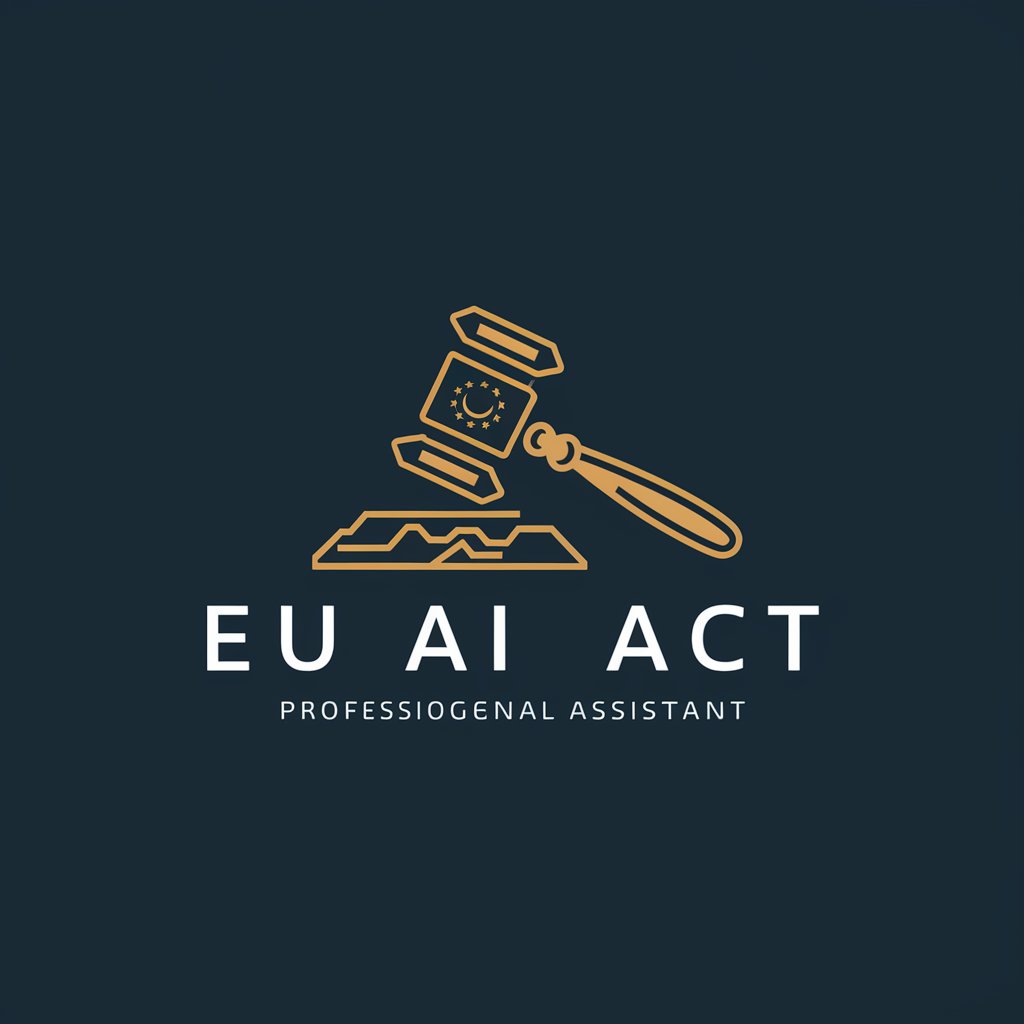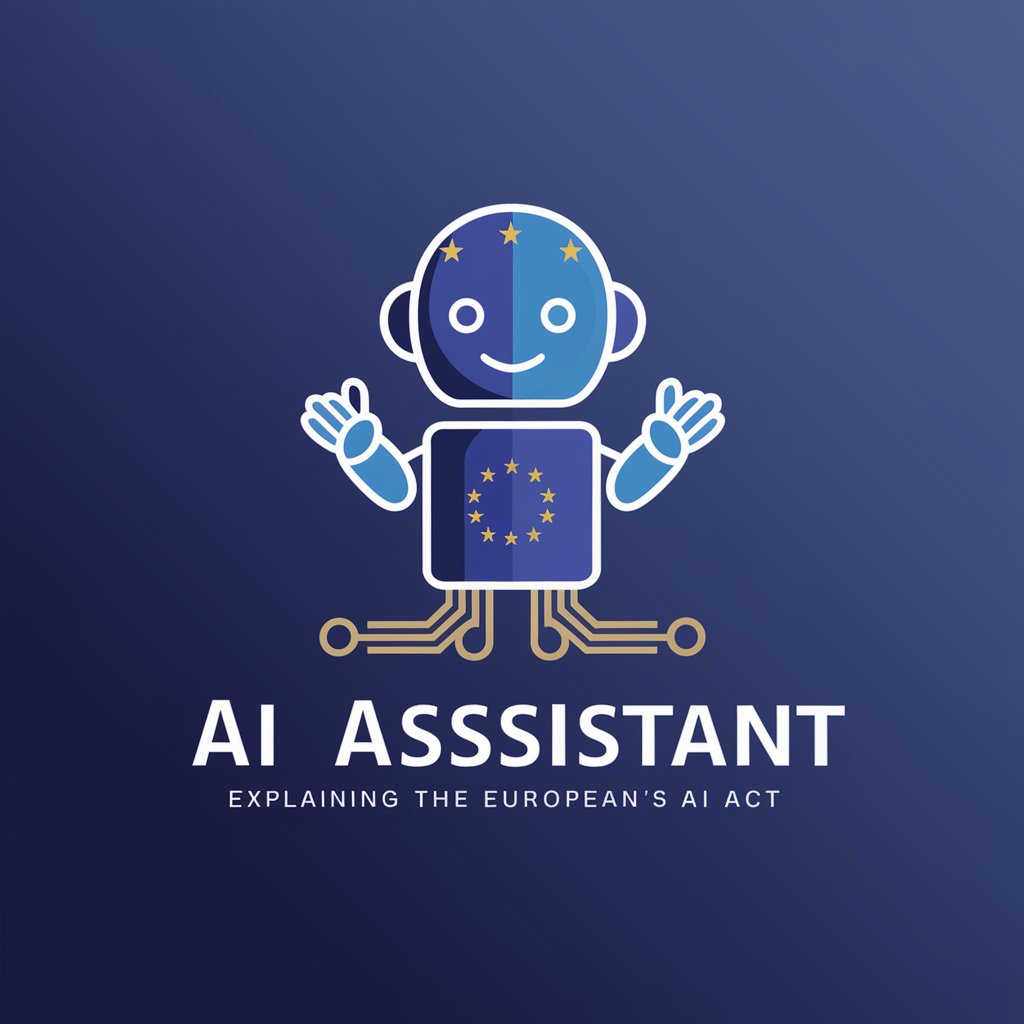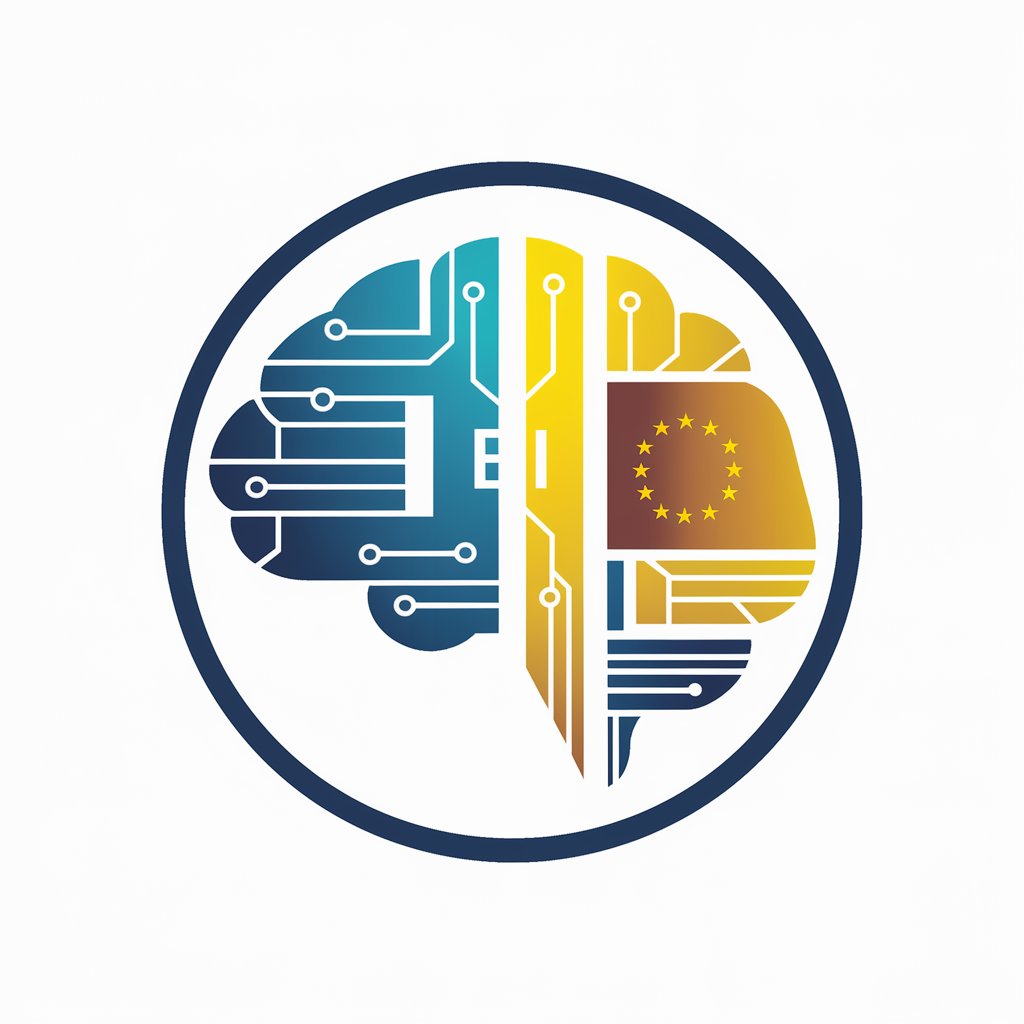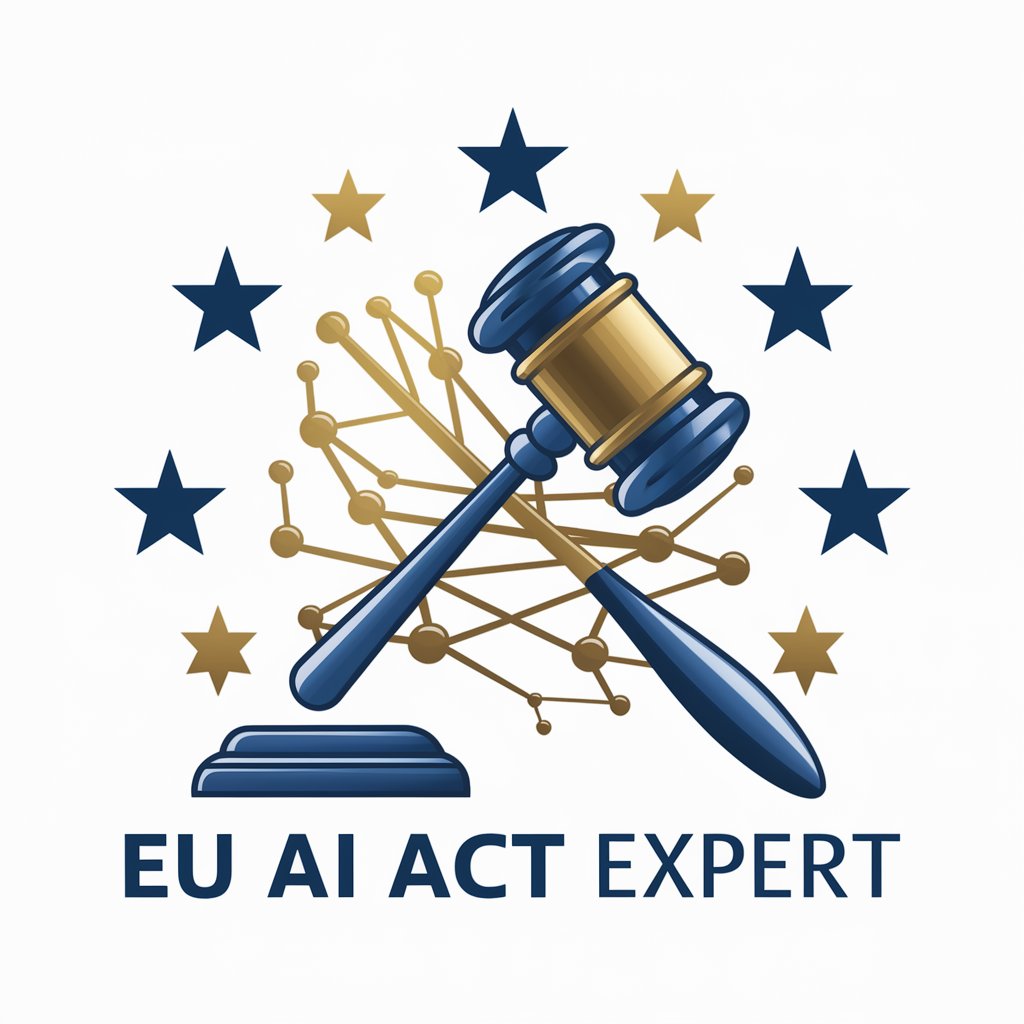
EU Artificial Intelligence Act FAQ - comprehensive EU AI regulation guide
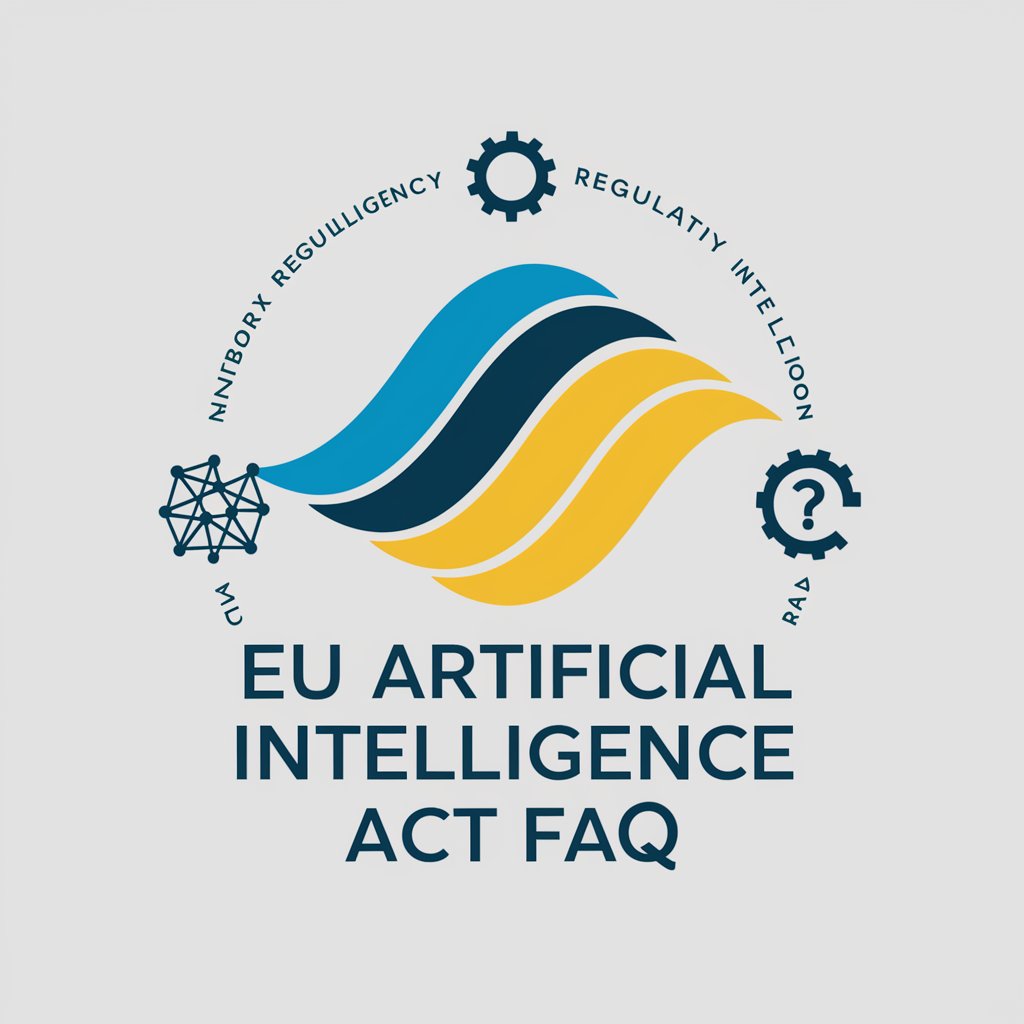
Welcome! Ask me anything about the EU AI Act.
Navigating AI compliance in Europe
Explain the main objectives of the EU Artificial Intelligence Act...
How does the EU AI Act impact businesses operating in Europe...
What are the key compliance requirements under the EU AI Act...
Describe the classification of AI systems according to the EU AI Act...
Get Embed Code
Introduction to EU Artificial Intelligence Act FAQ
The EU Artificial Intelligence Act FAQ is designed to navigate the complexities of the EU's approach to regulating Artificial Intelligence (AI), focusing on fostering the development and uptake of AI that is safe, lawful, and upholds fundamental rights across the Single Market. Grounded in the principle of 'trustworthy AI,' this initiative aims to strike a balance between leveraging AI's potential benefits—such as efficiency in public services, advancements in healthcare, and improvements in education—and mitigating its risks, including violations of privacy, safety concerns, and the potential for unlawful discrimination. The overarching goal is to create an ecosystem of trust that enables innovation within a clear legal framework, ensuring that AI development in the EU respects established values and rights, facilitates investment and innovation, and prevents market fragmentation 【24†source】【25†source】. Powered by ChatGPT-4o。

Main Functions of EU Artificial Intelligence Act FAQ
Facilitating understanding of AI regulations
Example
Clarifying obligations for companies using AI in hiring processes to avoid bias and discrimination.
Scenario
A human resources firm seeks to implement an AI system for screening candidates. The FAQ can help understand how the Act ensures such systems are transparent, avoid biases, and comply with EU fundamental rights.
Guidance on compliance for AI developers and deployers
Example
Providing requirements for data quality and human oversight in AI systems.
Scenario
An AI development company is designing a new predictive analytics tool for healthcare. The FAQ helps in understanding the requirements for high-quality training data and human oversight to ensure the AI's decisions are safe and reliable.
Promoting innovation within a legal framework
Example
Highlighting the Act's support for innovation through regulatory sandboxes.
Scenario
A start-up is exploring innovative AI applications in environmental conservation. The FAQ offers insights into how regulatory sandboxes under the Act can facilitate real-world testing of AI systems under regulatory supervision, promoting safe innovation.
Preventing market fragmentation
Example
Explaining the harmonised rules to ensure the single market for AI applications.
Scenario
A multinational corporation aims to deploy an AI-driven logistics solution across the EU. The FAQ helps understand how the Act prevents fragmentation, ensuring the solution can be deployed EU-wide without conflicting national regulations.
Ideal Users of EU Artificial Intelligence Act FAQ Services
AI Developers and Technologists
Individuals and entities involved in the design, development, and implementation of AI systems will find the FAQ invaluable for navigating the regulatory landscape, ensuring their innovations comply with EU standards and contribute positively to society.
Policy Makers and Regulators
Officials responsible for drafting and enforcing AI regulations at national and EU levels can use the FAQ to align national policies with the EU framework, facilitating a coherent approach to AI governance across member states.
Business Leaders and Entrepreneurs
Executives considering the integration of AI into their operations can consult the FAQ for insights on legal obligations, the benefits of compliance, and opportunities for leveraging AI to drive business innovation within a trustworthy framework.
Civil Society and Consumer Advocacy Groups
Organizations dedicated to protecting consumer rights and promoting ethical AI can use the FAQ to understand how the Act safeguards individuals' rights and safety, enabling them to advocate effectively for responsible AI use.

Usage Guidelines for EU Artificial Intelligence Act FAQ
1
Visit yeschat.ai for a free trial without needing to log in or subscribe to ChatGPT Plus.
2
Understand the scope and purpose of the EU AI Act to frame your questions effectively. Familiarize yourself with key topics like high-risk AI systems, data governance, and compliance requirements.
3
Use specific and well-defined queries to obtain precise information, such as asking about the regulation of biometric identification systems or the criteria for high-risk AI categorization.
4
Explore use cases and applications by asking how the EU AI Act applies to different sectors like healthcare, finance, or public services to gain insights into practical implications.
5
Leverage the detailed answers and reports provided to support your decision-making processes, policy formulation, or academic research on AI regulation in the EU.
Try other advanced and practical GPTs
Simple Healthy Japanese cuisine
Discover the art and health of Japanese culinary tradition.

Teoriprøven GPT
Master the road with AI-driven theory test prep

Math Amigo
Guiding you through math problems, powered by AI.

CaricArtist
Bringing Photos to Life with AI

Job Seeker Assistant
Accelerating your job search with AI.

Compassionate Mind
Empowering Minds, Nurturing Souls

Personal Stylist para Homens
Elevating Men's Style with AI

Rom Com Writer
Craft your love story with AI magic.

GoodSam.ai ~ Good Combinator
Empowering nonprofits with AI innovation.
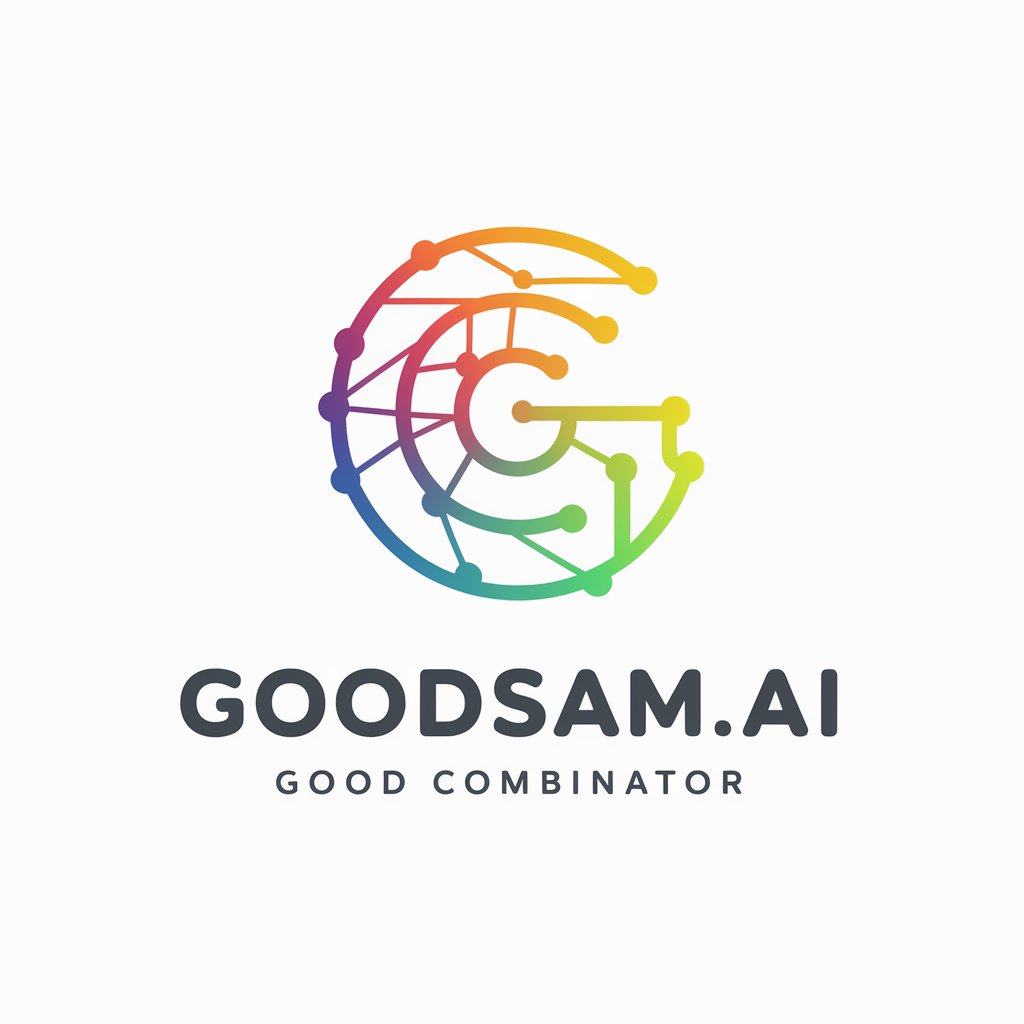
Frank Translator (TR-EN)
AI-powered translation, preserving cultural nuances
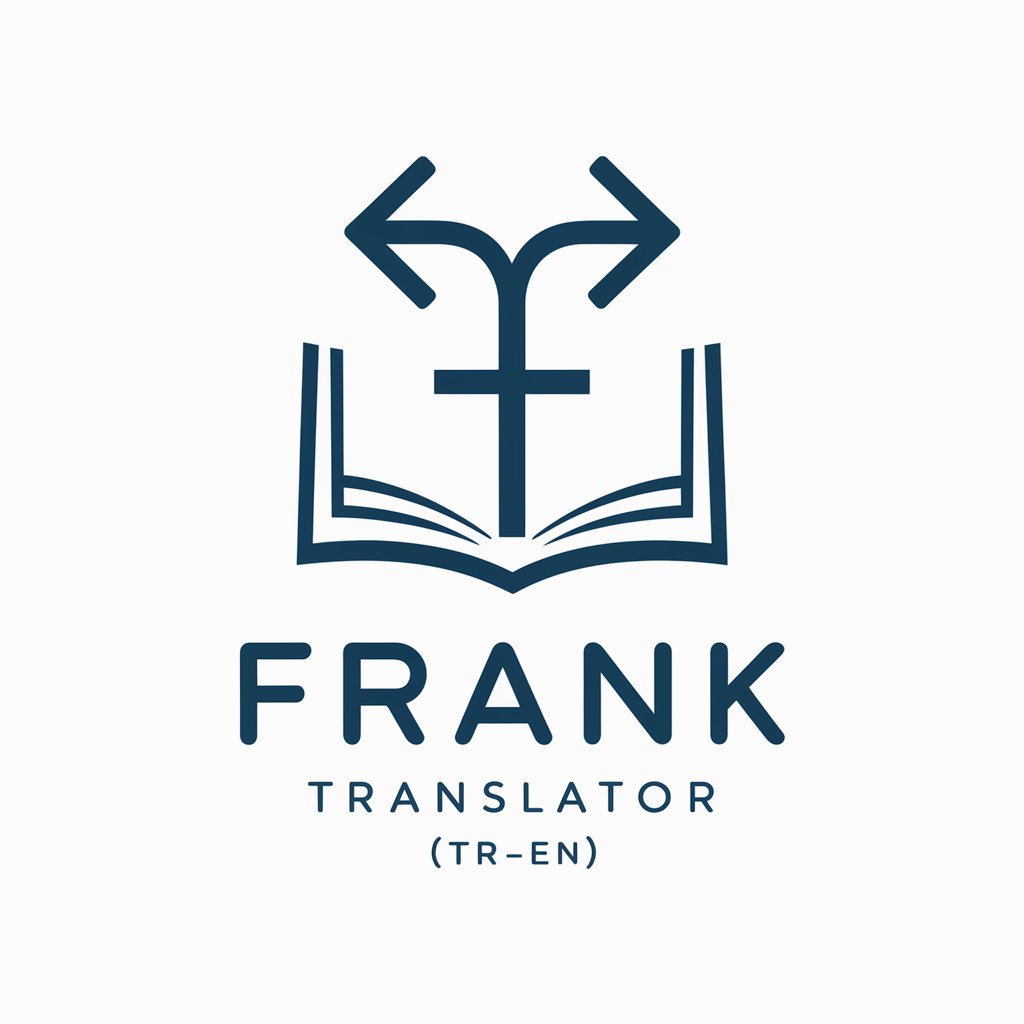
Léonard de Vinci, Génie en Écho
Unleashing the Genius of Vinci

Cartographe d'Analyse SEO Approfondie
Elevate Your SEO Game with AI-Powered Insights
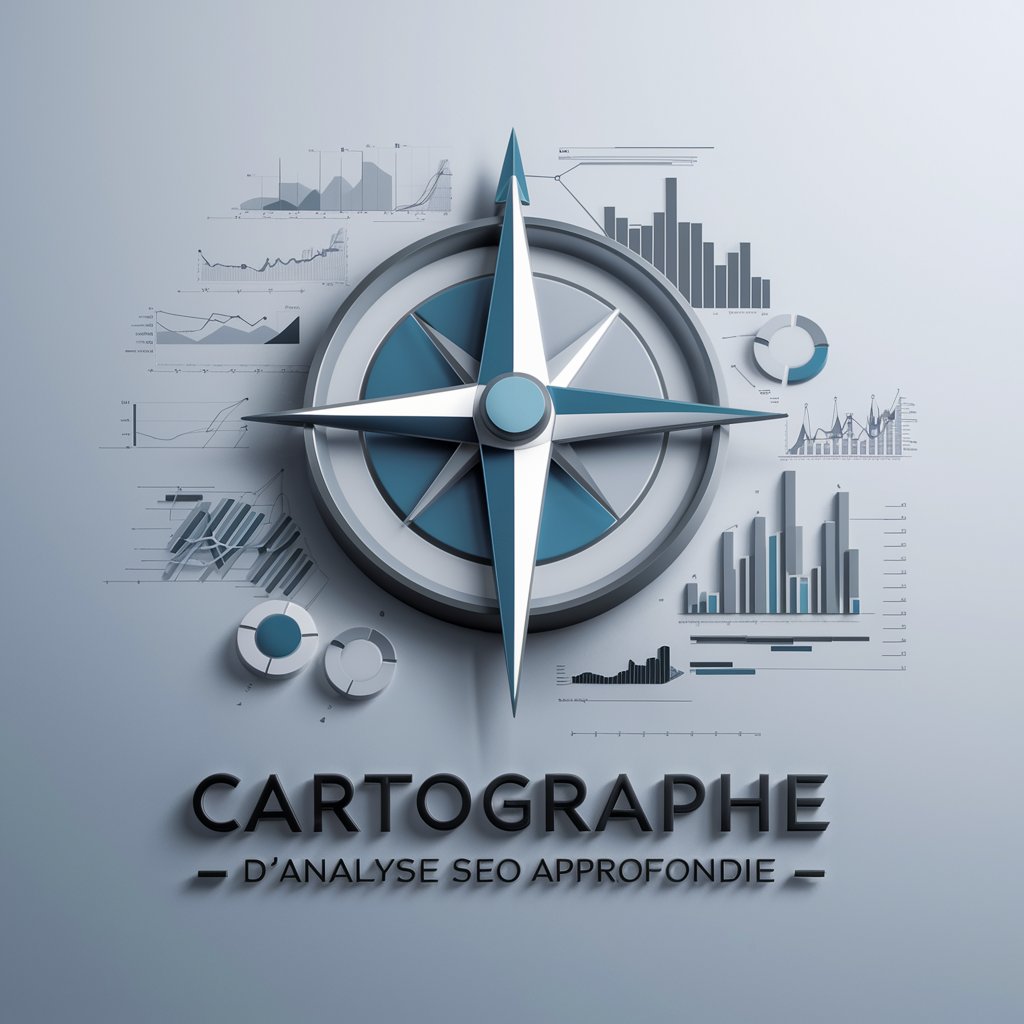
Detailed Q&A about EU Artificial Intelligence Act FAQ
What are the primary objectives of the EU Artificial Intelligence Act?
The main objectives are to ensure the safety and fundamental rights of people and businesses, facilitate investment and innovation in AI, and create a single market for AI applications that are lawful, safe, and trustworthy.
How does the EU AI Act classify AI systems?
AI systems are classified based on the level of risk they pose, with specific regulations focusing on high-risk AI systems that have significant implications for health, safety, and fundamental rights.
What are the requirements for high-risk AI systems under the EU AI Act?
High-risk AI systems must meet strict compliance requirements, including transparent data governance, rigorous testing and documentation, and adequate human oversight to ensure safety and respect for fundamental rights.
How will the EU AI Act be enforced and what are the penalties for non-compliance?
The Act will be enforced through a governance structure involving national and EU authorities, with penalties for non-compliance including fines, restrictions, or bans on AI systems that do not meet the regulatory standards.
What role do AI sandboxes play in the EU AI Act?
AI sandboxes are controlled environments where AI systems can be developed and tested under regulatory supervision, allowing for innovation and experimentation within a safe and regulated framework.

